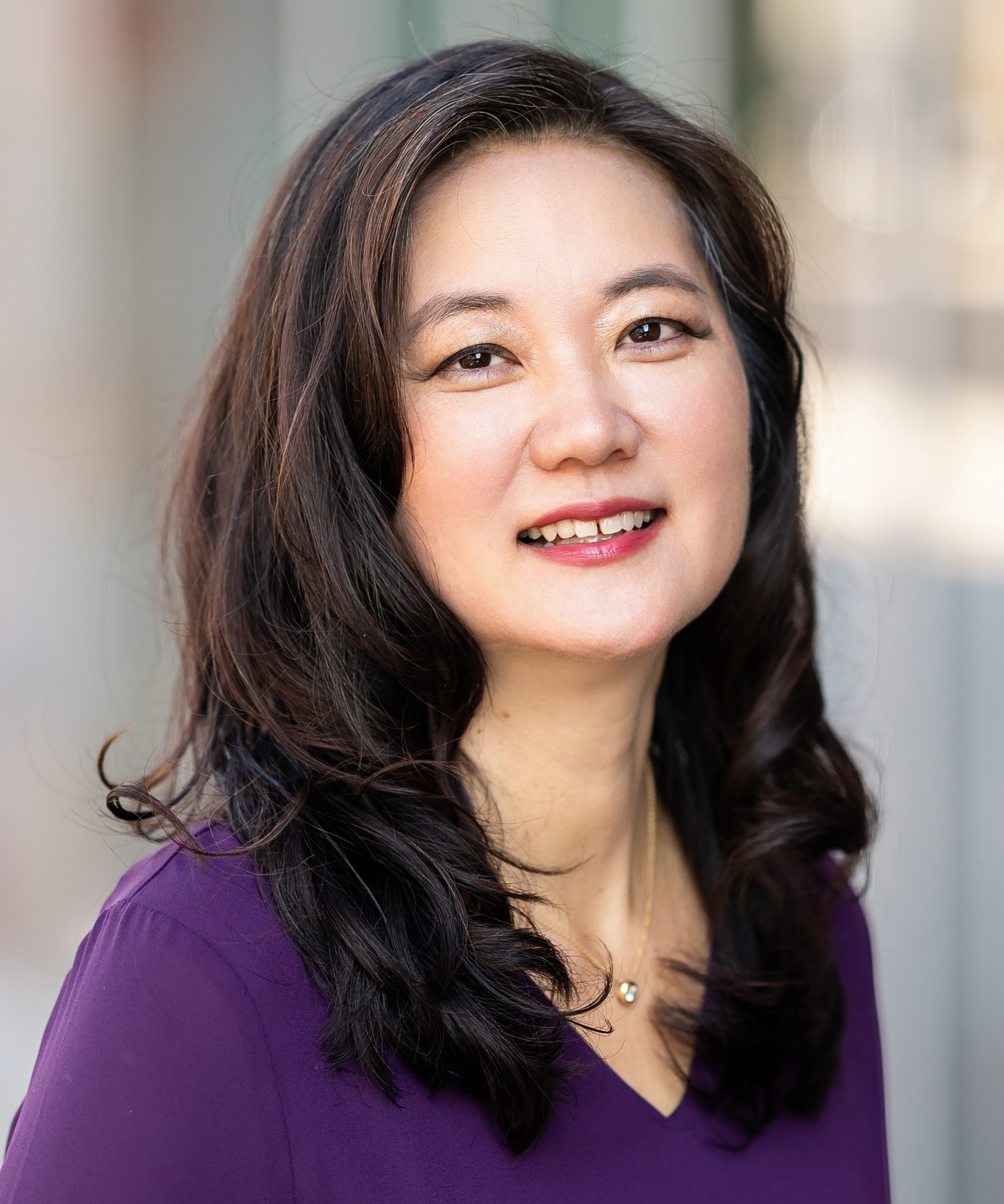Our God who Sees
I’ve invited my longtime directee and friend Carolyn Taketa to share her thoughts in this wisbit because something important happens when we identify deeply with someone in Scripture. We’re never the same.
 What does Hagar, a powerless pregnant Egyptian slave in ancient Bible times have in common with a female immigrant Korean-American lawyer/pastor/leadership coach such as me? I’ve found I identify with her in experiencing loneliness, powerlessness, fear, discouragement, hopelessness, and uncertainty. I immigrated to the United States as a shy 7-year-old, knowing only one word in English: “Hi.” In an effort to take advantage of job opportunities, my family moved often, transplanting into areas with few Asians, adding to my sense of “otherness” and isolation.
What does Hagar, a powerless pregnant Egyptian slave in ancient Bible times have in common with a female immigrant Korean-American lawyer/pastor/leadership coach such as me? I’ve found I identify with her in experiencing loneliness, powerlessness, fear, discouragement, hopelessness, and uncertainty. I immigrated to the United States as a shy 7-year-old, knowing only one word in English: “Hi.” In an effort to take advantage of job opportunities, my family moved often, transplanting into areas with few Asians, adding to my sense of “otherness” and isolation.
Although I acquired many skills and resources over the years, I still struggled at times with feeling unseen, devalued, or misunderstood. I was often the one and/or only woman or person of color in various professional and community settings and I wondered if God really saw me or knew what I was going through. If so, why wouldn’t he change the circumstances?
Hagar is typically thought of as merely a cautionary footnote in Abram and Sarai’s story of distrusting God and “taking matters into their own hands.” Yet Hagar was the first person in the Bible to give God a name, “El Roi” (“the God who sees”; Genesis 16:13). What an honor and comfort for Hagar! Her two encounters with God resonated deeply within me in a challenging season of my life. Here’s what I experienced from God.
“God who sees” meets us where we are. As a foreign slave exported far from her home, stripped of any status, security, wealth, or power, Hagar is never called by name by Sarai and Abraham but referred to as merely a slave. Her only value was her physical utility as a surrogate womb. When she ran away, God sought her out—seeing her, calling her by her name, and initiating a life-changing conversation with her. When she fled again thirteen years later, God once again met her in her crisis.
“God who sees” provides what we need. In both encounters, God supported Hagar physically, emotionally, and spiritually. He reassured her that she was known and protected. He comforted her with his presence and instilled hope through his promise for her son. The second time, God gave her a well of water in the desert wilderness–tangible immediate evidence of God’s power and concern for her.
“God who sees” gives us hope and a future. God reminded Hagar in her desperate circumstances that she mattered and her story was not over. She became part of God’s grand story, and her son Ishmael prospered, living 137 years with many descendants.
We all have seasons of life in which we can relate to Hagar’s desperation and hopelessness. When we experience hardships, losses, disappointments, uncertainties, or overwhelming challenges, we are tempted to believe our story is limited or finished. But Jesus is always inviting us to be part of his story. I am grateful to God for working out a more beautiful and redemptive story in my life than I could have imagined.
Hagar’s circumstances did not change, but she changed because she came to know the “God who sees” saw her, deeply cared for her, and gave her purpose. Such encounters with God change who we are and how we live. When we marinate in the truth that the God of the universe sees us, knows us, calls us by name, provides for us, protects us, fights for us, loves us, and works out his plans in us, we find the strength and hope to not just survive, but thrive!
Thank you, Carolyn! Visit her at her website: carolyntaketa.com
Grace and peace,
Jan Johnson